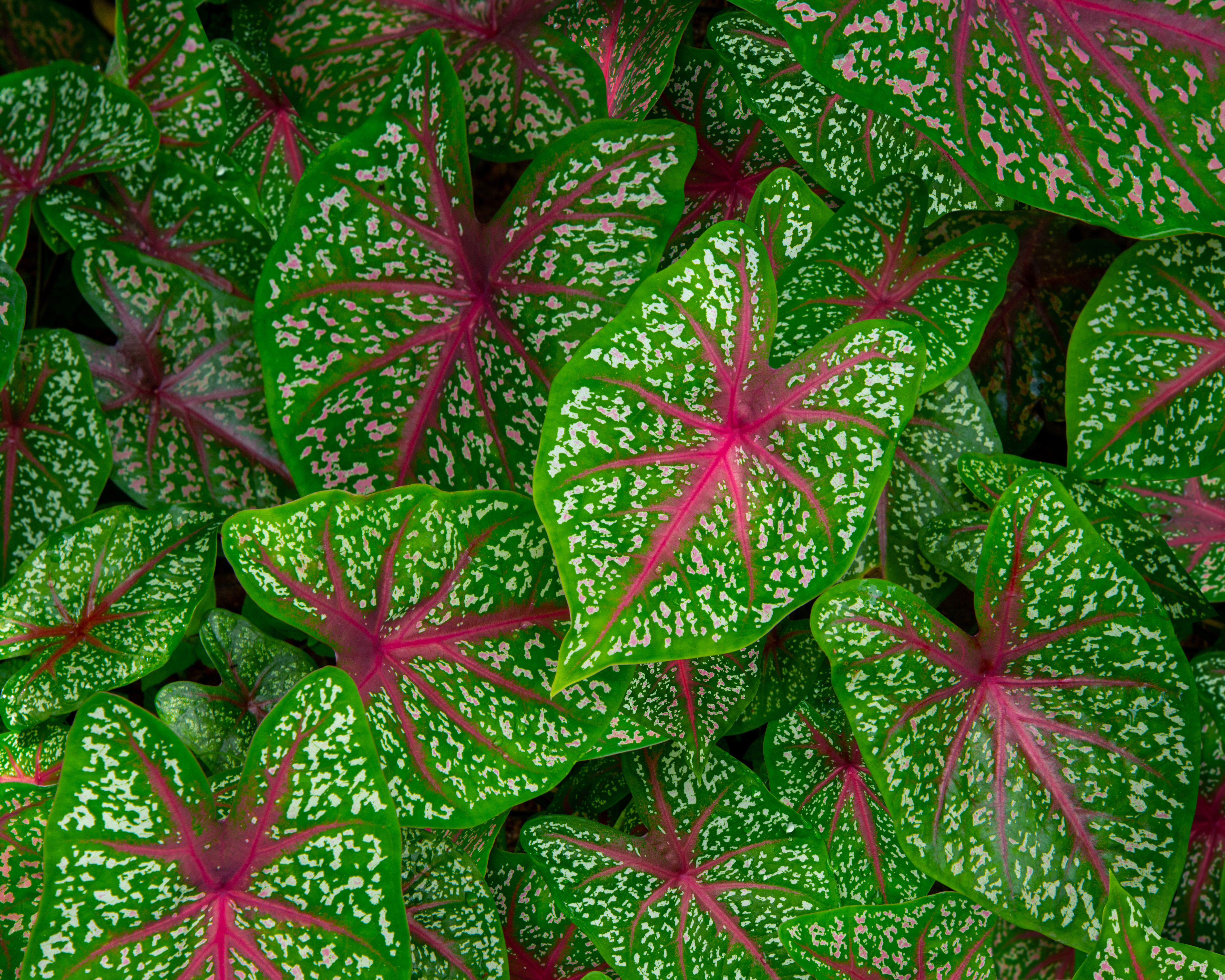When to plant elephant ears – to successfully grow colocasia
Know when to plant elephant ears and enjoy the best tropical foliage inside and out


Impressed by the huge, heart-shaped leaves of colocasia? Learn when to plant elephant ears and you can raise these truly majestic plants indoors and out.
Reaching up to 6ft (1.8m) high this fast-growing plant grows from a bulb and, most commonly, bears its striking deep green foliage on jet black stems, each beautifully marked with deep purple veins and blotches. New hybrids and discoveries have emerged over the last 20 years, broadening the choice of leaf color and markings available to include unusual black and white, blue-grey and deep purple-black leaves.
A lover of moist, boggy conditions, this subtropical plant thrives in full sun or partial shade. Requiring temperatures over 70℉ (21℃) it will bring an exotic note to your planting. Depending on your local climate and HDSA zone you can raise them outside in large pots and bring them in during colder spells or grow them as indoor plants. If you live in warmer climes plant elephant ears bulbs and treat them as a spectacular addition to your yard but no matter how you choose to grow them, working out when to plant elephant ears is key to their success.
The answer in short? Outside, once frosts have passed and the outside temperature is 65℉ (18℃) upwards. When to plant bulbs – inside? Whenever you like, but temperature conditions must be the same. We have more detailed information for your zone and conditions, below.
When to plant elephants ears
Amongst the best shade plants, it's hard to believe these tender perennials grow from a single bulb and at some pace too. Plant bulbs and grow them outside in warm climates or indoors as a dramatic house plant.
When best to plant elephant ears outside in a border?
If you are going to be caring for elephants ears, it's important to know that they are happy growing outside in plant hardiness zones 7-11, so it is essential to make sure that all frosts have passed before planting elephant ear bulbs outside and the soil temperature is above 65℉ (18℃).
‘If you live in central US then it is best to wait until approximately the end of May to plant your elephant ears outdoors whereas if you like in northern states it is recommended to wait until at least mid-June,’ advises Jeff Messel from Elephant Ears by DutchGrown.
‘If you want to begin planting your tubers earlier then you can prepare them in pots inside,' Messel adds ‘This should be done 6-8 weeks before any frost is due to end. Plant your elephant ear tubers in individual pots approximately 6ft deep. As previously mentioned, these tubers need warm soil so consider using a heated mat under the pots.’
If you live in climates where frosts occur it’s best to either grow these bulbs as annuals or lift and store them over winter, replanting in spring. Ben Rotteveel from DutchGrown says, ‘Elephant ears are very low maintenance once the tubers have been planted. The only necessity is keeping the soil moist so that is replicates the tropical climates that elephant ears are accustomed to.’
When to plant elephant ears as an indoor plant?
Warmth and humidity are vital to elephant ears' growth so, as long as these conditions are met, the bulbs can be planted indoors at any time of year. Pot up the bulb, keep the soil moist but not waterlogged and place somewhere 70℉ (21℃) above.
What month do you plant elephants ears?
You can plant elephants ears outside in May in warmer climes and from June in cooler climes. Ideally, the outdoor soil temperature needs to be at least 65ºF, with no more frosts forecast. Indoors, you can plant elephants ears during any month you like, as long as the room's temperature and humidity levels are right.
Sign up to the Homes & Gardens newsletter
Design expertise in your inbox – from inspiring decorating ideas and beautiful celebrity homes to practical gardening advice and shopping round-ups.

Journalist Jill Morgan has spent over 20 years writing and editing gardening, interior and property features. Titles she has worked on include The English Home, House Beautiful, Ideal Home, Houzz and Modern Gardens and she writes regularly for H&G as a Contributing Editor. Whilst she is a dab hand at renovation projects and DIY, she is happiest when out digging in the garden or planning a new border.
-
 Step up your pool cleaning routine with Beatbot AquaSense 2 Ultra
Step up your pool cleaning routine with Beatbot AquaSense 2 UltraCelebrate National Pool Opening Day by saving up to $618 on a luxurious pool cleaning solution from Beatbot.
By Sponsored
-
 Isabella Rossellini's kitchen defines 'pantry perfection' – her sleek storage method is one of the most beautiful ways to bring order to your shelves
Isabella Rossellini's kitchen defines 'pantry perfection' – her sleek storage method is one of the most beautiful ways to bring order to your shelvesA custom Chilean applewood pantry lines the walls of the Conclave actress's kitchen – you can tap into her stunning technique from $42
By Megan Slack